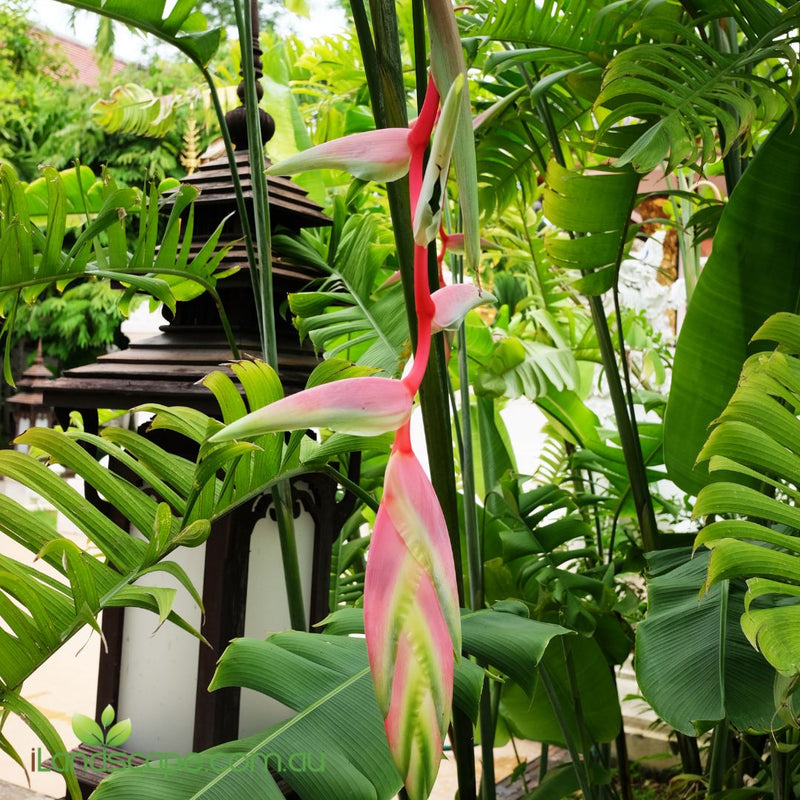
Top 10 Must-Have Tropical Plants for Queensland Gardens
Description: Dypsis cabadae, commonly known as the Cabada Palm, is a stunning tropical palm known for its slender, clustering trunks and graceful, feathery fronds. This elegant palm adds a touch of the exotic to any garden or indoor space with its lush, green foliage and striking form.
Flowers: Dypsis cabadae produces small, inconspicuous flowers that are typically yellow or cream-colored. These flowers are arranged in clusters on inflorescences that emerge from the crown of the palm. The flowers are followed by small, oval-shaped fruits that turn from green to black as they mature.
Foliage: The foliage of Dypsis cabadae consists of long, arching fronds with pinnate (feather-like) leaves. The fronds are a rich, glossy green, creating a lush and tropical appearance. The leaves are finely divided, giving the plant a delicate, airy look.
Form and Size: Dypsis cabadae has a clumping growth habit, with multiple slender trunks emerging from the base. Each trunk can reach up to 6-10 meters (20-33 feet) in height, while the overall spread of the palm can be 3-4 meters (10-13 feet). Its tall, graceful form makes it an excellent choice for adding height and structure to gardens and landscapes.
Growing Conditions:
Uses: Dypsis cabadae is primarily grown for its ornamental value. It makes a stunning focal point in garden beds, borders, and large containers. The palm's tall, graceful form and lush foliage create a tropical feel, making it ideal for themed gardens and landscapes. It also makes a striking indoor plant for large spaces with adequate light.
Maintenance: This plant is relatively low-maintenance. Regular watering and fertilization during the growing season will promote healthy growth. Prune away any dead or damaged fronds to maintain its appearance. Mulch around the base to conserve moisture and suppress weeds.
Notes: Dypsis cabadae is non-toxic and safe to grow around pets and children. It is relatively pest-resistant but may occasionally attract spider mites or scale insects, which can be treated with appropriate insecticides.
Companion Plants: Dypsis cabadae pairs well with other tropical and subtropical plants that have similar growing requirements, such as:
Common Name: Cabada Palm, blue cane palm
Botanical Name: Dypsis cabadae (syn. Chrysalidocarpus cabadae)
Family: Arecaceae
Origin: Native to Madagascar
Read lessAs we cannot guarantee stock all year around on Pots & Plants please hit us up via the chat button and we can get back to you with availability
Quantity:
Usually ready in 24 hours —
Delivery Options
Product Availability
Plants & Pots come and go all year around.
Where are our plants Grown and how do we grow them
How to Look after your plants like we do

